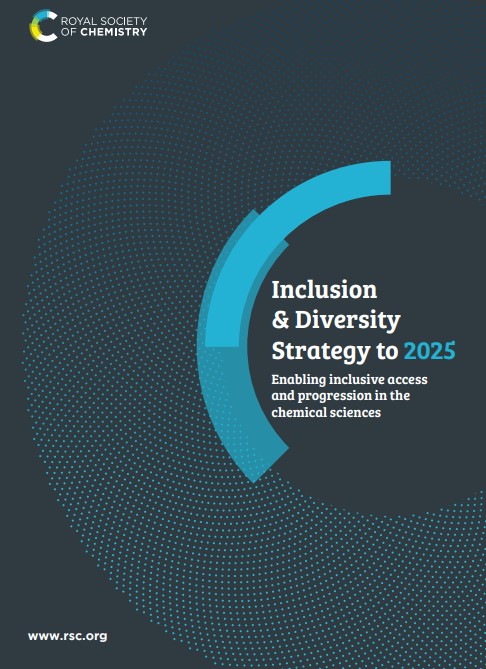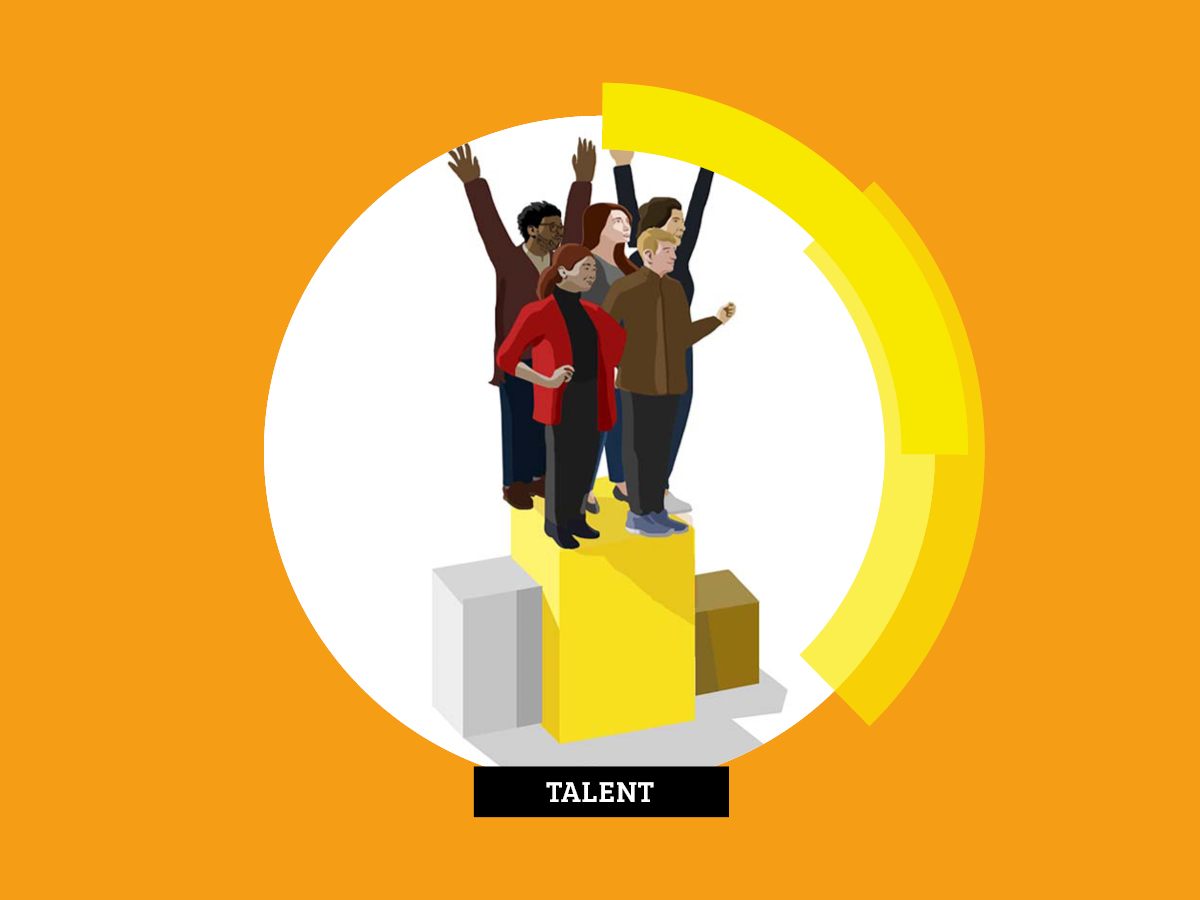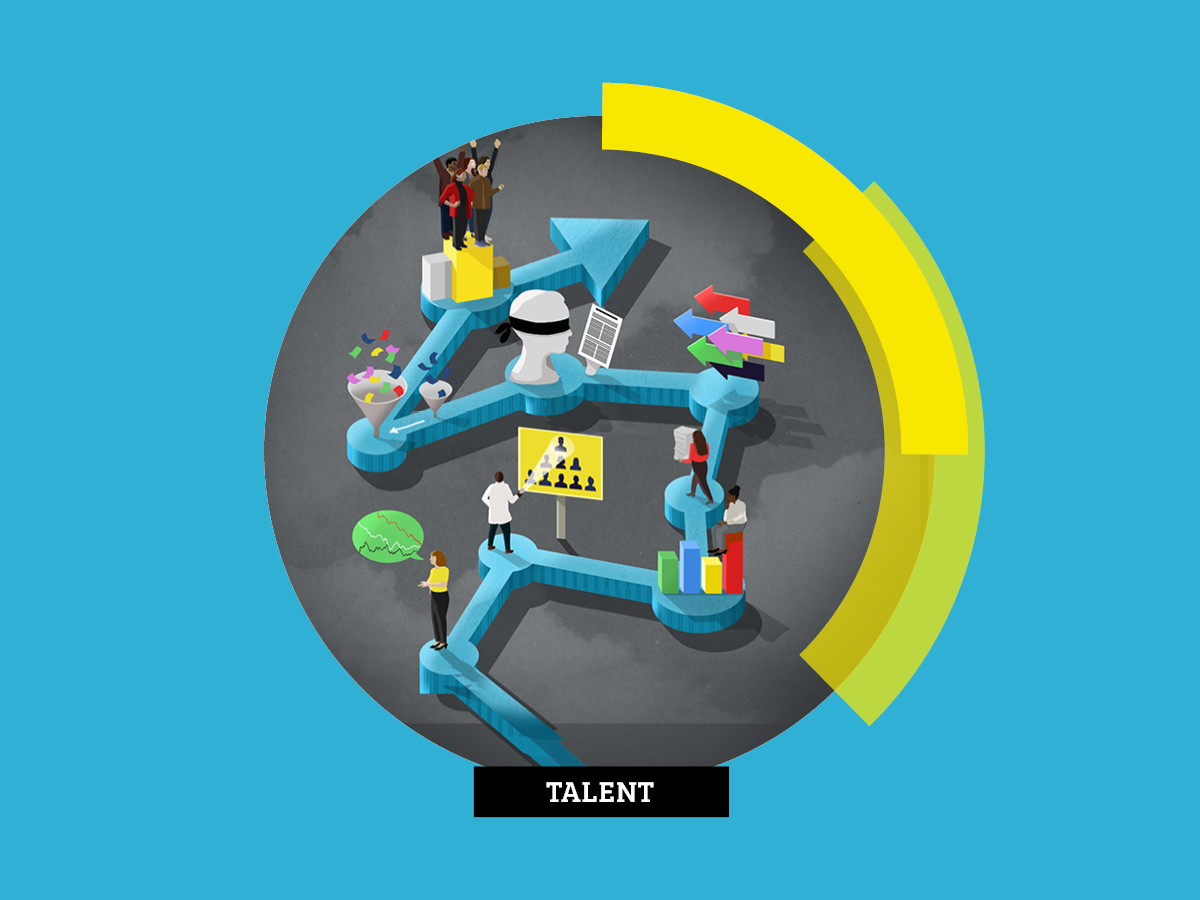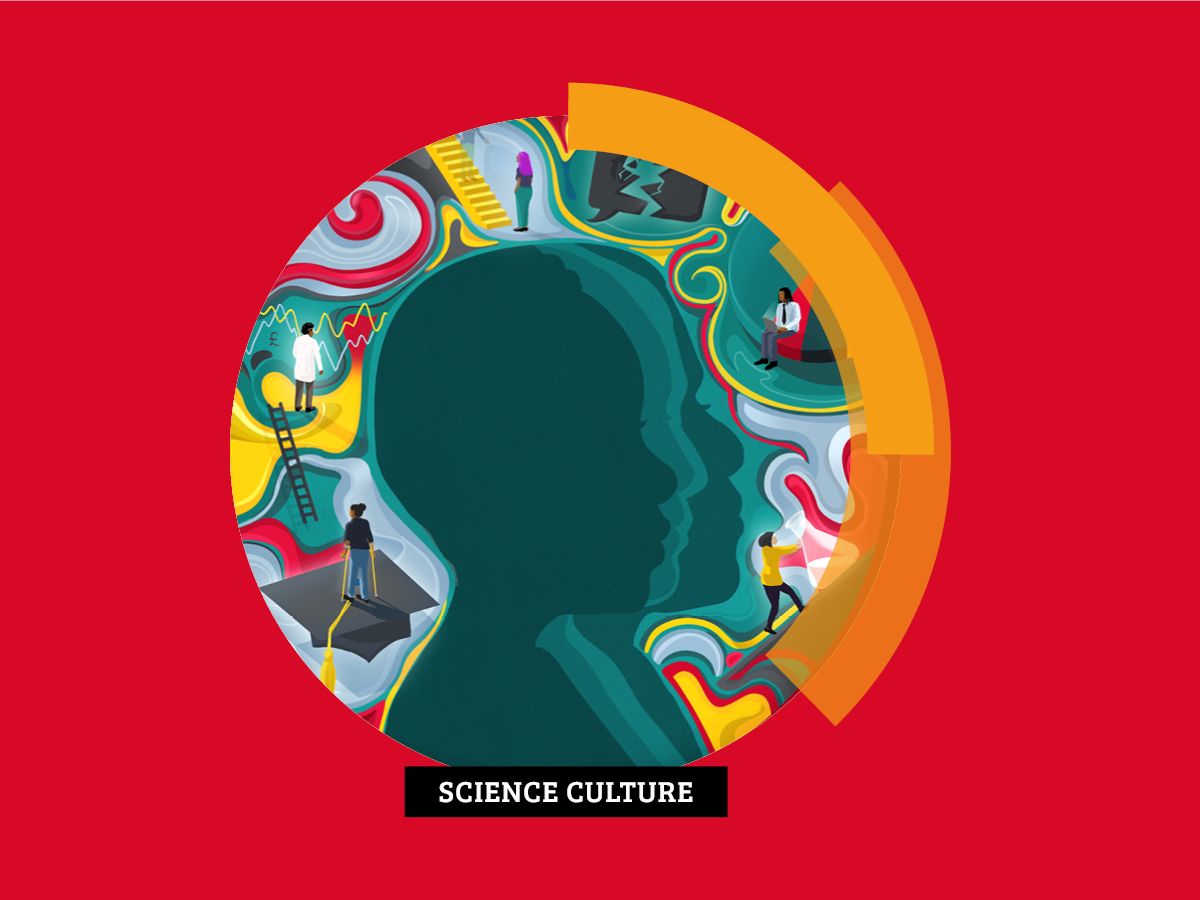Our approach to improving diversity
The people that make up our global community come from diverse cultures and have varied backgrounds and experiences.
We recognise the importance of valuing all members of our community; we believe that for the chemical sciences to prosper, they must attract, develop and retain a diverse range of talented people.
As a professional and membership body, and a leading voice for the chemistry community, we have a responsibility to promote inclusivity and accessibility in order to improve diversity.
Our goal is to increase the diversity of people choosing and fulfilling their potential in the chemical sciences for a truly inclusive community.
The key aims of our strategy to 2025
- To collate, analyse and use data to ensure an evidence-driven approach.
- To investigate perceptions of who can be a chemical scientist.
- To support early career chemists encompassing all career routes to the profession.
- To ensure fair and equal progression for talented chemical scientists.
- To learn from, and share with, our global partners the insight, knowledge and tools to progress inclusion and diversity across the chemical sciences worldwide.
This strategy will run until 2025. To ensure that it has the desired impact, we will continue to develop a range of measures to monitor progress and theimpact of our work. These include:
- Measuring the number of partners we successfully work with and provide expert advice to
- Engagement of key stakeholders and champions to foster change in the culture of chemistry
- The improvement in diversity resulting from our work
Download our Inclusion and Diversity Strategy
Our inclusion and diversity definitions
Use the tabs below to find out what equality, diversity, and inclusion mean and how we implement these terms at the RSC.
Often referred to as equality of opportunity, the concept of equality is primarily centred on complying with the Equality Act 2010. The Act makes it unlawful to discriminate, harass or victimise someone because they have or are perceived to have a ‘protected characteristic’ or are associated with someone who has a protected characteristic. The "protected characteristics" under the Act are:
- age
- gender reassignment
- being married or in a civil partnership
- being pregnant or on maternity leave
- disability
- race (including colour, nationality, ethnic or national origin)
- religion or belief
- sex
- sexual orientation
All people in Britain are protected by this legislation – not only underrepresented groups.
We define diversity in its broadest sense, encompassing similarities and differences of culture, background and experience. In addition to the protected characteristics of the Equality Act 2010, we recognise other characteristics within our definition of diversity:
- career path and stage
- communication style
- education
- experience
- first language
- geography
- job sector
- socioeconomic status
- political affiliation
The process of inclusion engages each individual and makes people feel essential to the success of the organisation. Individuals function at full capacity, feel more valued, and are included in the organisation’s mission. The culture shift creates higher performing organisations where motivation and morale soar.
Inclusion is about the culture, environment, and processes created by an organisation. It is measured by how people feel and requires effort to achieve. Creating a culture of inclusiveness is about establishing behaviours that support inclusion. Leaders have a critical role to play in this, as people often look to those in senior positions as role models for what is acceptable and what is the norm.
Implicit bias, also known as unconscious bias, is the attitudes to race, gender and sexuality ‘programmed’ into us by society. These biases affect everyone, regardless of their personal characteristics, and majorly impact everyone’s working life. There are a number of online resources on this topic:
- We produced a video explaining implicit bias
- Harvard University has produced an online test to identify potential implicit biases
- Chemistry World investigated implicit bias in the chemistry community, including testing their own biases






